Book An Appointment
Osteoporosis – The silent bone killer
Side Bar

Osteoporosis – The silent bone killer
Osteoporosis in medical terms in poor bone density; but generally speaking it is having fragile or brittle bones which might lead to fractures with minimal injury . It has various risk factors associated which usually help a doctor to identify it, but its unfortunately absolutely asymptomatic until the patient fractures a bone. This is the reason its exact prevalence cannot be assessed and there are no Indian figures regarding the same, but it is estimated that nearly 43% population above the age of 50 years may be affected in USA.
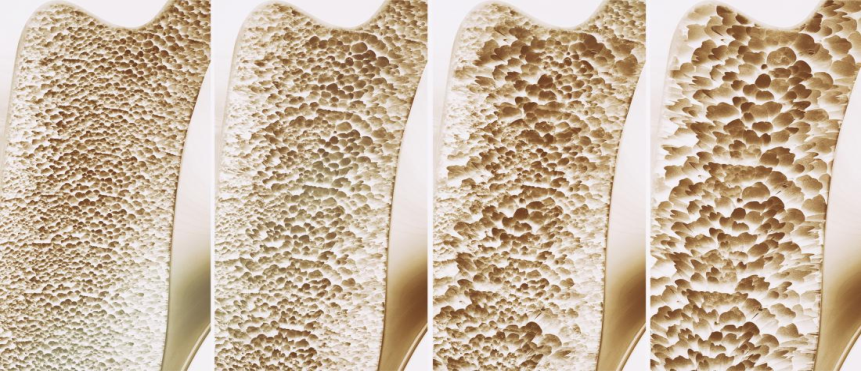
On left is normal dense bone and on right is osteoporotic bone
Risk factors
Risk factors for osteoporosis include increasing age specially above 50, female gender, low bone mass i.e. lean and thin people, history of fractures, smoking, certain medical conditions (e.g., rheumatoid arthritis), and the use of prednisone or other steroids for prolonged periods and a number of other medications.
Common bones affected
The vertebrae, hip bones, wrist bone are commonly affected and prone to fragility fractures, might get fractured with trivial domestic falls in patients having poor bone density.
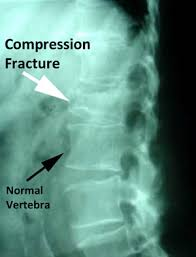
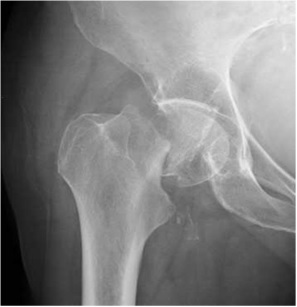
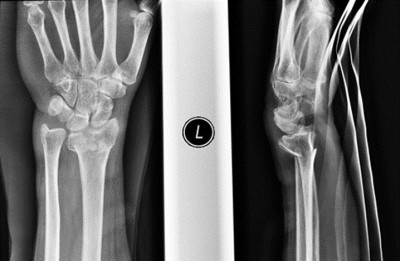
What can you do to prevent and treat it
From prevention point of view, patients should be aware of the risk factors. Avoid smoking and excessive alcohol consumption. After age of 45 specially in females one should get a Bone Mineral Densitometry (DEXA Scan) test done which objectively tells about the bone strength. If it turns out to be bad then consult an orthopedic surgeon and take corrective measures accordingly. In such cases, BMD should be repeated every 2-3 years.
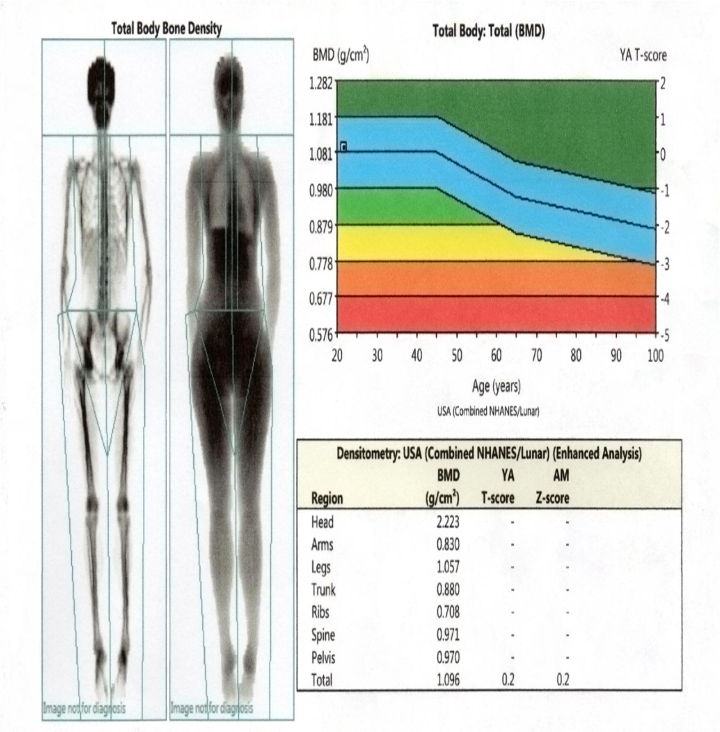
If one is taking any steroid medication for any medical condition, then consult your physician regarding the possibility of developing osteoporosis.
One should exercise regularly, which should include both muscle strengthening exercises and impact exercises like jumping, running and light weight training.
Elderly males are also prone to osteoporosis in case of testosterone deficiency, which has to treated with hormone replacement therapy.
Patients having poor bone density are usually treated according to the severity assessed by BMD test which gives a T Score for assessment of fragility fracture risk. If the T score is very low and fragility fracture risk is very high then medications like Bisphosphonates, Recombinant Parathyroid hormone or Human recocombinant antibody Denosumab injections may be given. Regular follow up with the orthopedic surgeon is a must.
If one develops a osteoporotic fracture then its possible to treat these fractures in plaster and with surgery, though the fracture healing may be delayed due to poor bone quality. Hence its best to identify and get osteoporosis treated if not prevented.
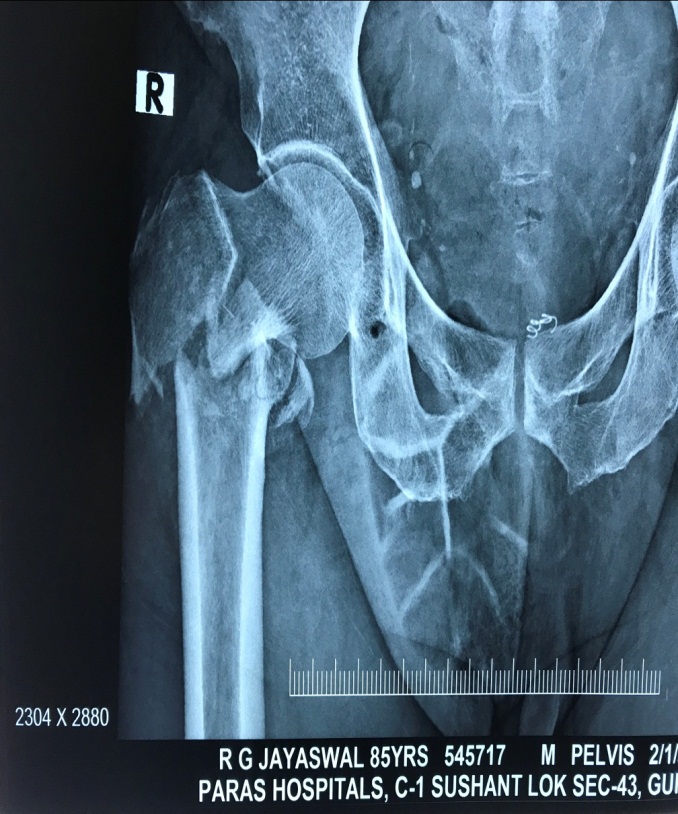
Preop Xray of an osteoporotic hip fracture
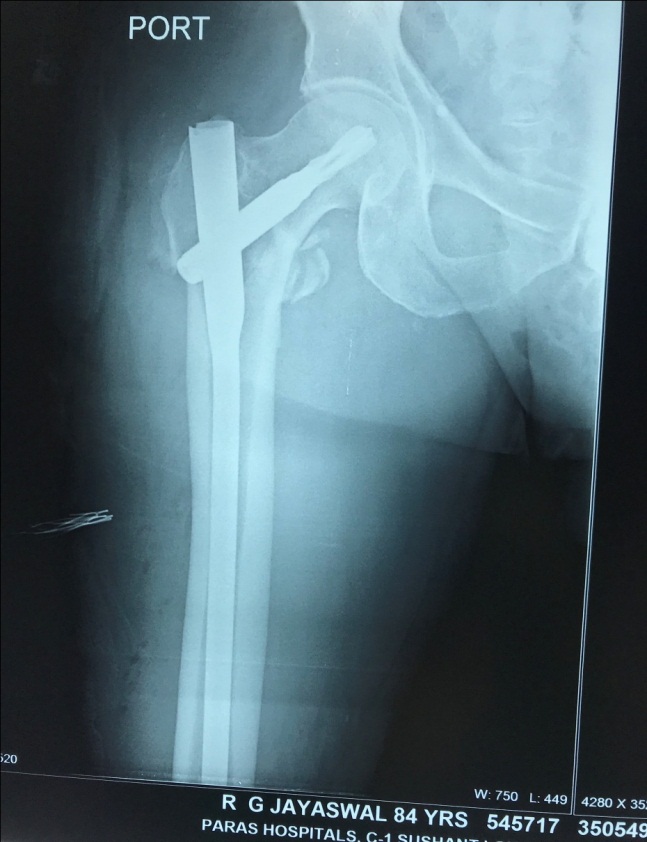
Fixed with a nail
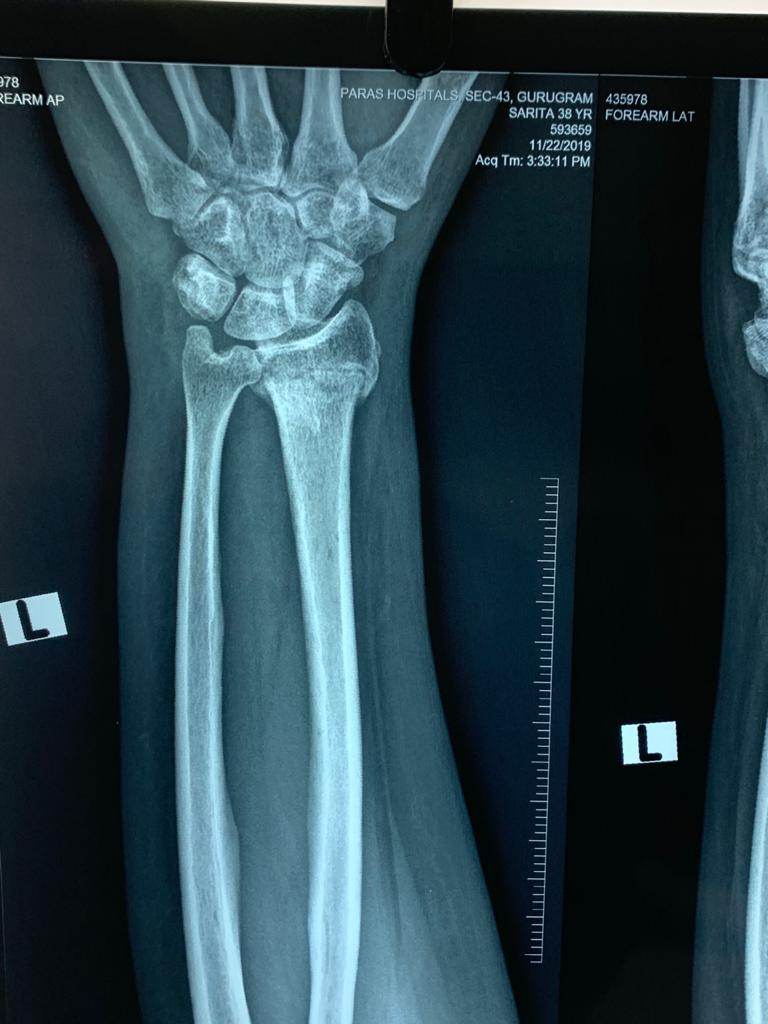
Preop Xray of an osteoporotic wrist fracture
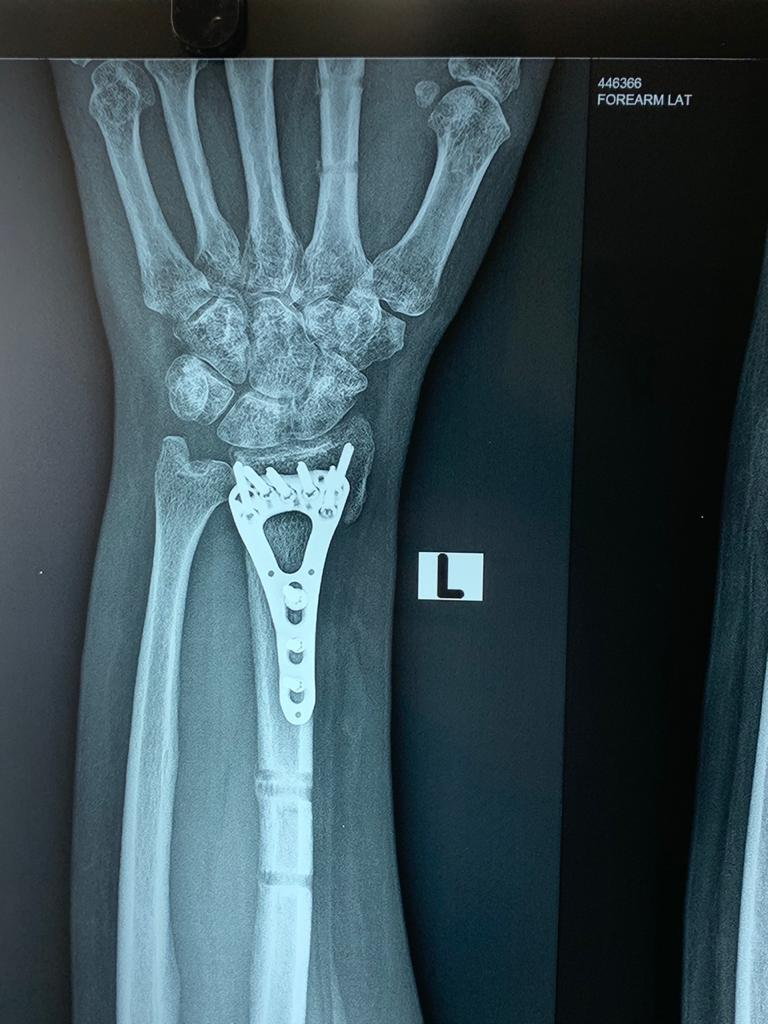
Postop xray of the fracture fixed with plate
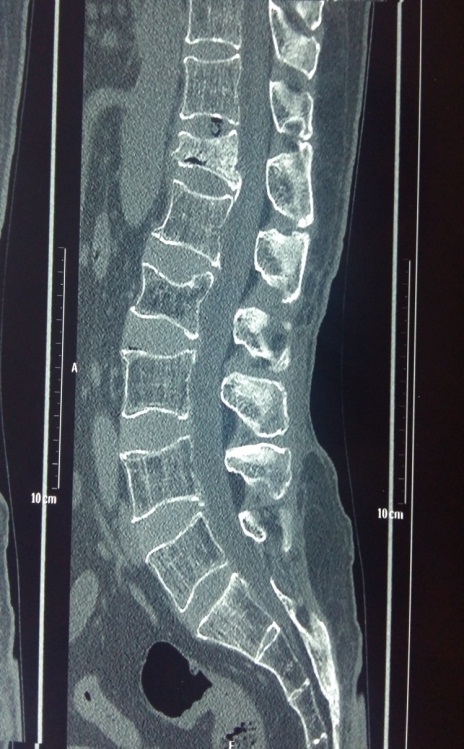
Preop MRI of multiple vertebral collapse
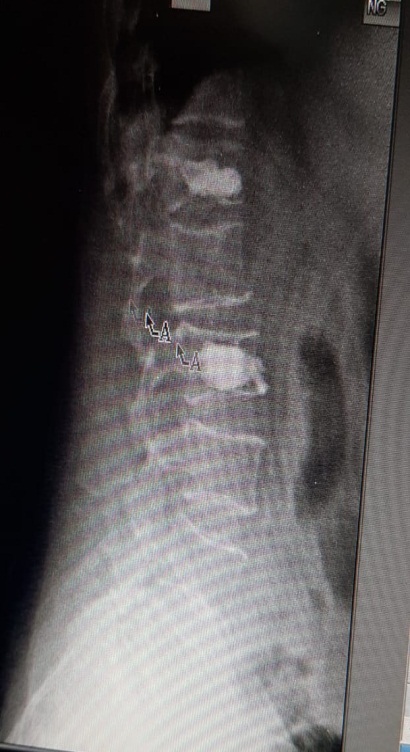
Postop Xray of the bone operated with kyphoplasty